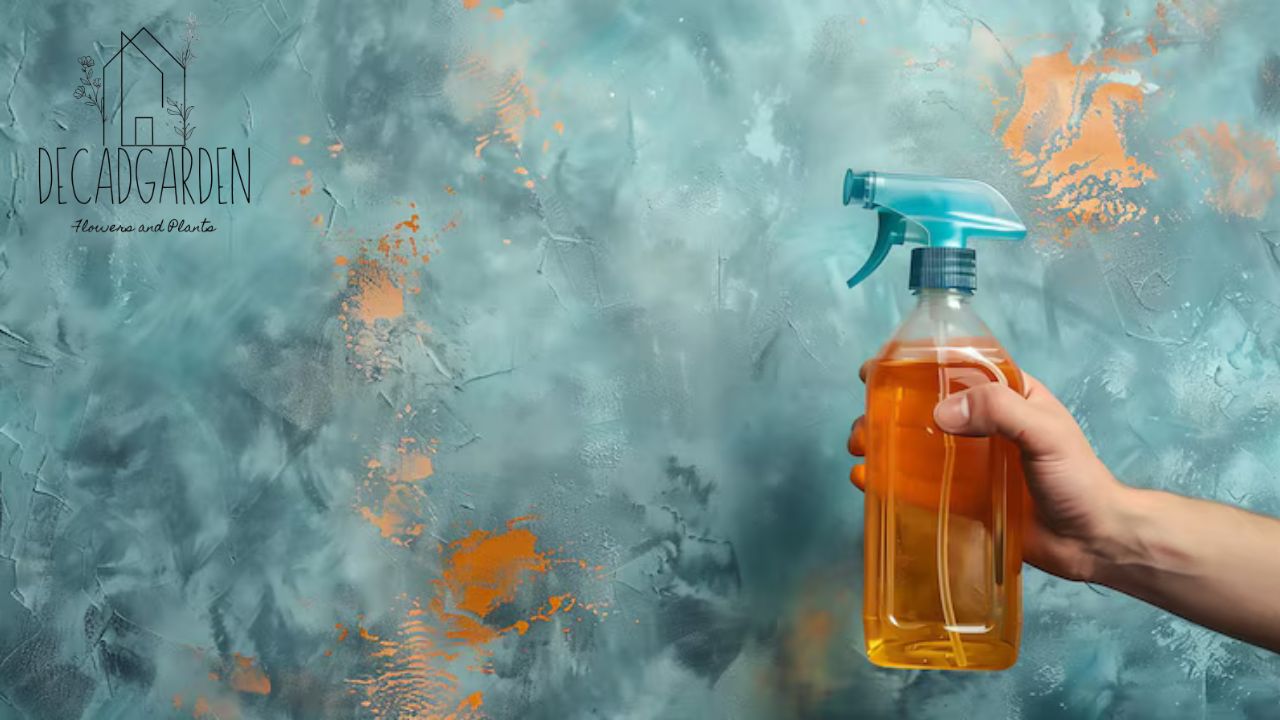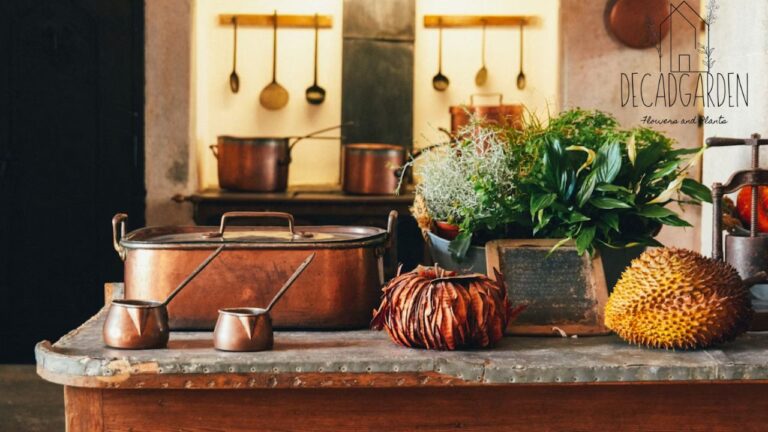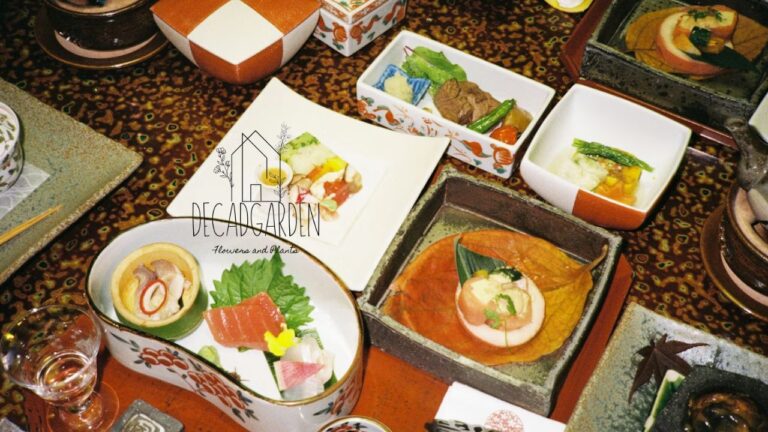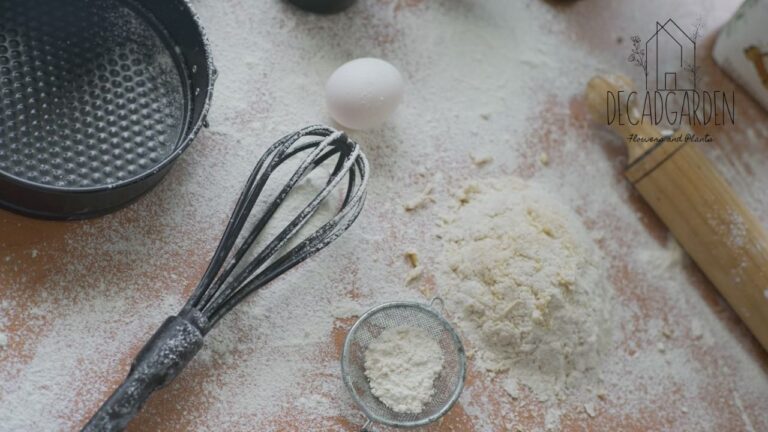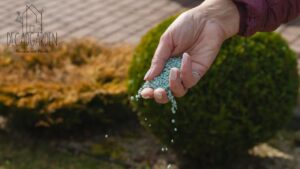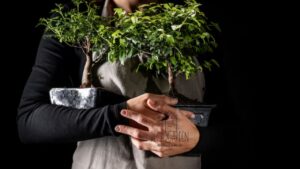Preserving the beauty of an oil painting can feel intimidating, especially if you’re not sure how to clean it safely. Often, professional cleaning services start at hundreds of dollars, but there are surprisingly effective home remedies for cleaning oil paintings. Whether it’s a family heirloom or a recent purchase, these DIY techniques will help you maintain your artwork without breaking the bank.
Here, we’ll walk you through simple, non-invasive cleaning methods that respect your painting’s integrity. These tips are especially useful for dealing with dust, grime, and minor stains.
Summary Table of Cleaning Methods
Before we jump into the details, here’s a quick reference table for the techniques we’ll cover:
| Method | Use | Best For | Caution |
|---|---|---|---|
| Bread (Soft White Bread) | Absorbs surface dirt and dust. | General cleaning | Avoid pressing too hard to prevent any damage. |
| Cotton Swabs + Saliva | Combines mild cleaning enzymes with precision. | Cleaning small sections | Only use mild pressure with clean swabs. |
| Mild Soap + Distilled Water | Cleans surface grime without damaging the oil. | Grime removal from surface. | Always conduct a test on a hidden corner. |
| Baby Oil (Non-Staining) | Restores shine and vibrancy carefully. | Refresh dull areas | Do not use excessively. |
Now, let’s dig deeper into each remedy and its step-by-step instructions.
Why Cleaning Oil Paintings Requires Special Care
Oil paintings are unique in both their beauty and fragility. Over time, dust, pollutants, and even smoke can gather on the surface, dimming the artwork’s vibrancy. Unlike prints or posters, you can’t simply wipe them down with water or cleaning sprays. Oil paint reacts poorly to moisture and harsh chemicals, leading to potential discoloration or damage.
The remedies shared here are designed to be safe, gentle, and effective for oil paintings on canvas. However, always test a small area first before cleaning the whole piece.
How to Clean Oil Paintings Safely at Home

1. Using Soft White Bread for Cleaning
This might sound unusual, but many art conservators swear by bread for its gentle cleaning properties.
- What You’ll Need: A slice of soft, white bread (no crusts).
- Steps to Follow:
- Remove the crust from the bread and roll it into a ball.
- Gently dab the bread over the painting’s surface. Don’t press too hard.
- Replace the bread as it becomes soiled.
- Use a soft, dry cloth to remove any bread crumbs after cleaning.
- Why It Works: Bread effectively picks up dirt and grime without leaving behind moisture or residue.
- Pro Tip: Avoid using bread with seeds or whole grains, as these could scratch the surface.
2. The Cotton Swab and Saliva Method
While it may sound unconventional, this method has been used by art restorers for generations, thanks to the mild enzymatic properties of human saliva.
- What You’ll Need: Cotton swabs and your saliva (or enzyme cleaning gel for a less personal touch).
- Steps to Follow:
- Dip the cotton swab lightly in your saliva.
- Test a small, inconspicuous area first.
- Roll the swab gently over the surface to remove dirt.
- Use a new swab as soon as it becomes dirty.
- Why It Works: This approach precisely cleans small sections without overly saturating the painting.
- Caution: Only use saliva if you feel comfortable, or opt for enzyme gel.
3. Mild Soap and Distilled Water
Mild soap is a great way to handle surface grime safely. Distilled water minimizes any potential chemical reactions.
- What You’ll Need: Mild dish soap, distilled water, a soft cloth, and gloves.
- Steps to Follow:
- Mix a few drops of soap into distilled water.
- Lightly dampen a soft cloth with the solution.
- Gently blot (don’t scrub) the painting’s surface.
- Pat dry with a clean, dry cloth.
- Why It Works: This method cautiously removes grime without harming the delicate oil layers.
- Caution: Avoid soaking the fabric, as too much moisture can warp the canvas.
4. Baby Oil for Restoring Vibrancy
Sometimes, an oil painting can look dull even after cleaning. Baby oil can help bring back a subtle shine.
- What You’ll Need: Non-staining baby oil and a soft microfiber cloth.
- Steps to Follow:
- Dab a small amount of baby oil onto the cloth.
- Lightly buff the surface in circular motions.
- Use a clean cloth to remove excess oil.
- Why It Works: Baby oil mimics the sheen of dry oil, giving your painting a refreshed look.
- Caution: Use sparingly, or it may leave a sticky residue.
Additional Tips for Home Remedies
- Avoid Harsh Chemicals: Never use Windex, alcohol, or household cleaners.
- Keep It Dry: Always keep both the canvas and your tools as dry as possible during cleaning.
- Proper Storage: Dust buildup often occurs due to improper display or storage. Keep paintings in dry, temperature-controlled environments.
Real User Experiences
John R., a hobbyist collector, shared, “Using bread to clean my grandmother’s landscape painting worked wonders. It’s amazing how it picked up so much dirt without much effort.”
Jane M., another art-lover, noted, “I was hesitant to try saliva, but it cleared out a stubborn smudge. I later discovered restorers use this technique all the time!”
FAQs About Cleaning Oil Paintings
Q1. Can I use vinegar to clean oil paintings?
No, vinegar is too acidic and can damage the paint. Stick to safer methods like bread or mild soap.
Q2. How often should I clean my oil paintings?
It depends on exposure to dirt and pollutants. Consider inspecting and cleaning them lightly every 1–2 years.
Q3. What should I do if my cleaning efforts go wrong?
If in doubt, consult a professional conservator. Home remedies are great for minor cleaning, but major issues should be handled by experts.
Q4. Can these methods also clean oil paint brushes?
While focused on cleaning paintings, you can use mild soap and distilled water to clean oil paint brushes effectively.
Q5. How do I know if my painting is too delicate for cleaning?
If your painting shows signs of flaking, cracking, or peeling, avoid DIY cleaning and consult a specialist.
By following these tips, you can safely clean and maintain the charm of your oil paintings. Whether you’re restoring a family treasure or ensuring your latest purchase stays pristine, these accessible home remedies provide simple and effective solutions.
Admin Recommended
Circle Garden Design Ideas
Garden Pest Crossword Clue: A Fun Guide to Solving and Understanding

